Over the following days, the Kingdom of Empamalangon launched fireworks in the sky to celebrate eliminating the most dangerous criminal league threatening its peace for months.
Lipin took center stage in the exuberant celebrations for two reasons: the Royal Palace, located in the heart of the city, observed the celebrations. Secondly, the king’s high-ranking supporters controlled the markets and major parts of Lipin.
At the King’s directive, the markets remained open day and night. They sold paper lamps adorned with illustrations of the young King Layo and his heroic father, the late King Solabom, who sacrificed his life defending the kingdom in their last war with their enemy, Toraria.[1]
Various performing artists staged one-scene plays across different parts of the kingdom, portraying King Layo’s triumph through the might of his sword over the leader of The Seven Devils League.
In one play, the actors portraying the League members actively involved the common people, allowing them to participate by beating and verbally insulting the actors as part of the performance.
In another play, the actors ludicrously impersonated the seven members, providing entertainment and amusement for the spectators.
Street vendors organized shooting games where participants paid to shoot moving targets representing the seven members of the League.
However, the targets were grotesquely unattractive and bore no resemblance to the well-known, handsome seven men.
It was rumored that these seven villains had fans of both sexes who, in outright objection to the unsightly design of the targets, refused to engage in the shooting galleries.
Modest sketches depicting the faces of the seven villains, along with their tattoos and trinkets, adorned cloth bags, paper folders, and writing tools. These items proliferated throughout the markets, almost rivaling the illustrations of the new king and the esteemed leaders of the kingdom.
The influence even reached the culinary domain, as the seven villains were renowned for their culinary preferences.
Consequently, Mingan’s Cake, Aroman’s Tea, and Tippa’s Dipping Sauce, newly introduced to restaurant menus, swiftly gained popularity and experienced a subsequent rise in price.
Beyond merely popularizing food names, chewing raw meat became a trend. There were rumors that one of the seven villains had a penchant for ordering his meat raw, relishing the act of slicing it with his blade, unabashedly allowing the blood to smear his face as he ate.
Tales about the seven villains circulated, with their lives, deeds, and adventures becoming more exaggerated than the king’s victories.
This continued until the king, recognizing the overshadowing influence, cut the celebrations to three days instead of ten.
However, the lingering presence and influence of the seven villains remained formidable and intimidating.
For instance, among the highlanders, popular tales circulated about witnessing the ghosts of the seven villains wandering every night in the Dambala Valley after their demise.
Some claimed to spot a ghost ship with tattered sails and collapsed masts haunting the shores of Overum[2] on stormy days. A few even shared accounts of red phantoms ascending and gliding lightly on its deck and around its masts before the ship altered its course, eventually turning away from the land frontier.
Concerned about their people idolizing and venerating the seven villains, the world’s monarchs ultimately decreed the leveling of the land surrounding the demolished well.
Despite this effort, it only served to attract more people to the Dambala valley, which had been abandoned for decades.
The newfound devotees commemorated the seven villains by undertaking a pilgrimage to the sad spot and making offerings of baked foods, drink bottles, or valuable items.
Some made these offerings in fear of retaliation, believing the souls of the villains could return to inflict torment on those who opposed them and reveled in their demise.
People who could not go to the valley celebrated the birthdays of the seven and erected monuments dedicated to their favorite heroes in discreet corners of their homes or within their yards.
The most renowned member among the seven was Aromandia, their one-eyed leader. According to the prophecy, he was deemed the curse of his time by defying death, bringing the dangerous members of the league under his control, and amassing devoted followers from various corners of the earth.
That instilled a sense of awe in the hearts and souls of his human worshippers and followers worldwide, elucidating why he garnered the greatest share of rites and celebrations.
Being intrigued by the seven, some devotees went further and wrote manuscripts that documented their costumes, hairstyles, and related ornaments. Other manuscripts delved into their physical features, personality traits, origins, and approximate ages.
Conversely, some authors penned distorted and exaggerated biographies and tales of the villains for marketing purposes.
These endeavors only served to immortalize the seven, endowing them with influence, enhancing their images in people’s minds globally, and casting doubt on the justice of the monarchs who persecuted them.
However, among the most renowned books chronicling the seven villains were Risayam’s two-volume publications, Veraro I and Veraro II.
Nevertheless, The Blue Cloak authored anonymously, stood out as potentially the most valuable. It presented an accurate account of the villains’ lives and adventures, featuring illustrations closer to the truth than the exaggerated depictions found in the sanctioned books of governments.
As precautionary measures to safeguard the history of the monarchies from distortion, manuscripts and books concerning the seven villains were prohibited and seized, excluding those aligning with the policies of the monarchs and portraying an embellished image of power.
Consequently, prospective readers found acquiring genuine and compelling books about the villains in authorized stores challenging. Their sole access to the banned materials was through book smugglers.
Over time, the villains became widely recognized among the common people in all monarchies as “The Sapphire Cloak League,” owing to their distinctive sapphire blue cloaks and masks. They were alternatively referred to as “The Seven Brothers,” and in more extreme cases, driven by fear of the monarchs’ oppression, they were called “The Seven.”
The seven were additionally recognized as the “Veraro League” due to their distinct eight-petal blue flower symbol, representing the seven known members and the enigmatic eighth member, whose identity remained undisclosed.
The only available information about this mysterious figure was his ability to produce a hypnotic clink capable of inducing eternal sleep in anyone who heard it.
Thus, history preserved the names and narratives of The Seven Devils League and their mysterious eighth member, despite the authorities’ resistance and the people’s curiosity and fear.
Ultimately, death did not conclude their story; instead, it bestowed on them a new beginning, a form of immortality.
* * *
End of Prologue
[1] A curse believed to be revived by the seven villains. [Pronunciation Guide: To-raa-ree-yaa]
[2] Overum (A Black shore south of Dambala). [Pronunciation Guide: Over-um]



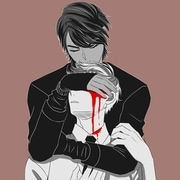



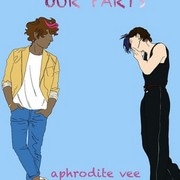
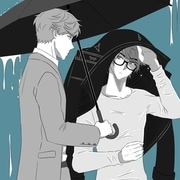
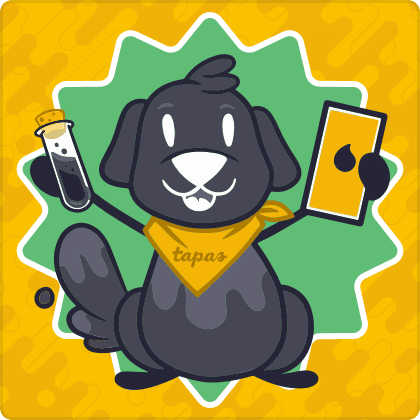
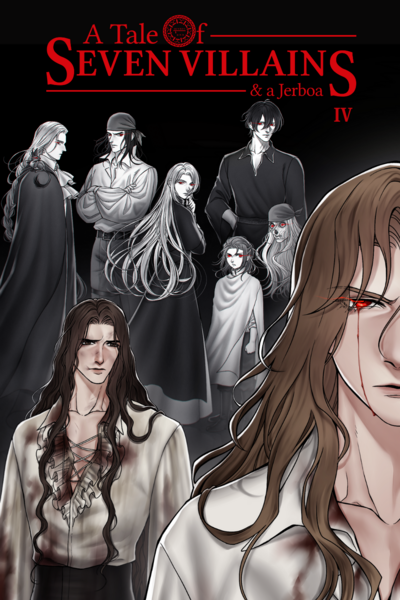
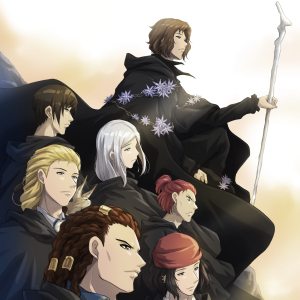
Comments (39)
See all